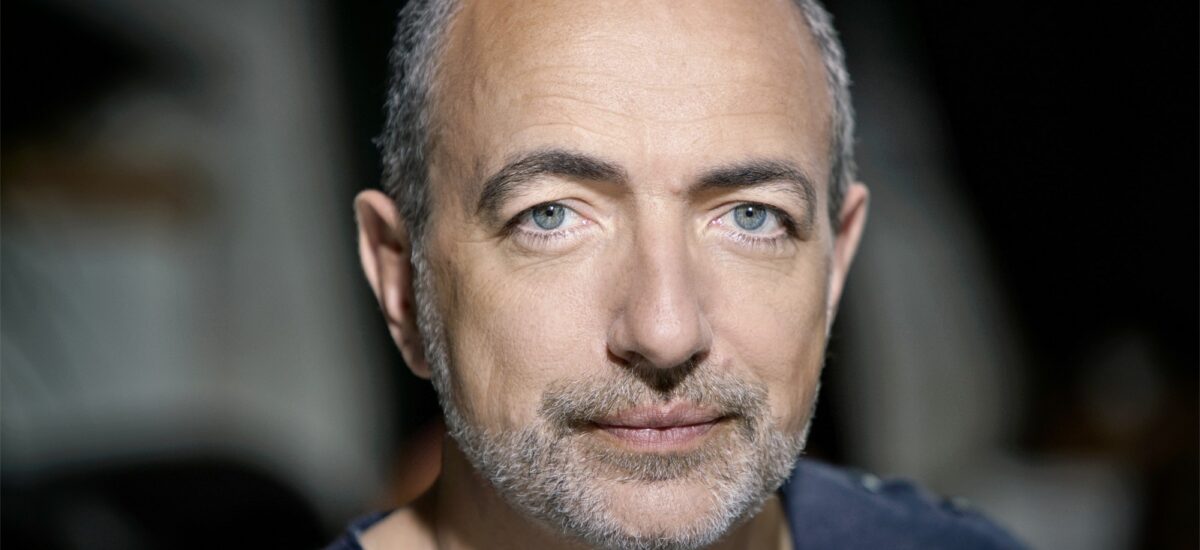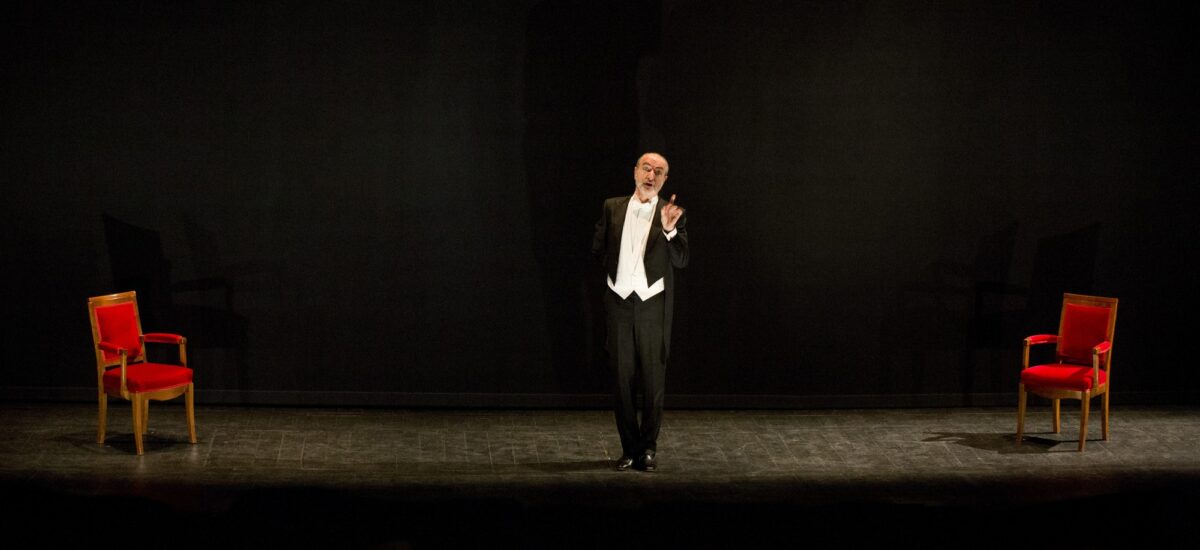TRANSCRIPT
Scofield: Now berceaux, and that is a type of music I
think a lot of our listeners might not be familiar with. I think it is a
lullaby, typically in triple meter, and it just so happens that gives us an
excellent introduction to your brand new CD En sourdine, because it also
contains a lovely berceaux, and you recorded this with the wonderful jazz
guitarist Frederic Loiseau.
Naouri: Yes. My purpose, actually, in that recording, was to address
intimacy in French songs. I’ve been singing all these songs the way they are
written for nearly 30 years. Opera is not my natural first mode of singing. I
started in jazz mostly. What I’m always wondering is that when I’m singing even
to a small audience, even in a living room for, let’s say, 30 or 40 people,
even if I’m singing very soft, the voice has to be projected in order to get to
the ear, because there’s no amplification, and it’s impossible to do otherwise.
And it’s great, it’s beautiful.
But then in some cases, there are really poems that are so intimate. It’s
pillow talk. It’s something you do much easier with a mic than without a mic. There
was this thing that I was trying to get to. Because I met Frederic, who’s a
jazz guitarist, but who’s a Faure freak. He analyzed so many of the songs, and
we started off like that, and actually we stripped the songs of its piano
setting. But we kept the melody and the harmonies, and we decided to stage them
more in a folk song way, and try to put the poem first and forward and in French.
In France, we don’t have the word “song” for that repertoire. We use “mélodie”
for Fauré, for Berlioz. Song is more like the word “chanson”. It refers more to
something of the 20th century, like folk songs, Bob Dylan, Joan Baez, that kind
of thing. When we speak of Fauré and Gounod, we always refer them as “mélodie”,
which also looks like the English word “melody”.
In a way, I tried to bring these melodies from Fauré and Debussy closer to what
in France we called songs. I know that many people who heard this recording,
who were not familiar with the repertoire of Fauré, in a way got into it more
easily, because it spoke to them more directly. I guess a lot of the audience
lost the natural relation to the projected song voice, because of what they
hear on the radio is so much of a singing voice song, and not classical music. What
people are fed with is more of a voice that sings like it talks. That kind of
colour is only possible because there are microphones. When you hear Frank Sinatra’s
first recordings in 1930, he was a big Crosby fan, and at the time mic was
pretty new, you could still hear he was sort of projecting the voice. When you
hear [Singing], you can hear this thing around the voice, the more he
learned how to use the mic, then in the 50s, he would take the same song, it
would be [Singing], much less of that.
And that’s what people grew up with, and people lost the habit. For me, it’s
natural to sing in both ways. I was happy to realize that many people who
didn’t know much about this classical song repertoire open their ears to it. With
that kind of work, that’s what we tried to do.
Scofield: Laurent, you do a marvellous impression of Frank Sinatra!
Naouri: Oh, well! [Laughter]
Scofield: This is going to be very intimate.
Naouri: I use what I know of one field in the other field, and vice
versa. It constantly travels with me because if you do a nice romance in an
opera, what’s wonderful is that even when he sings slows, it’s swinging. It has
something that never stops moving on. And that you can use it in the opera
language, because you tend to protect the voice and lose the lightness. Both
are compatible. You just need not to forget one to get the other. I try to use
what I know in every field in any way, that’s who I am. And I make the best I
can with what I’ve experienced. But for me, it’s certainly not two separated
worlds in my mind. It’s constantly traveling from one to the other.
Read more about Laurent Naouri on their OFFICIAL WEBSITE.




